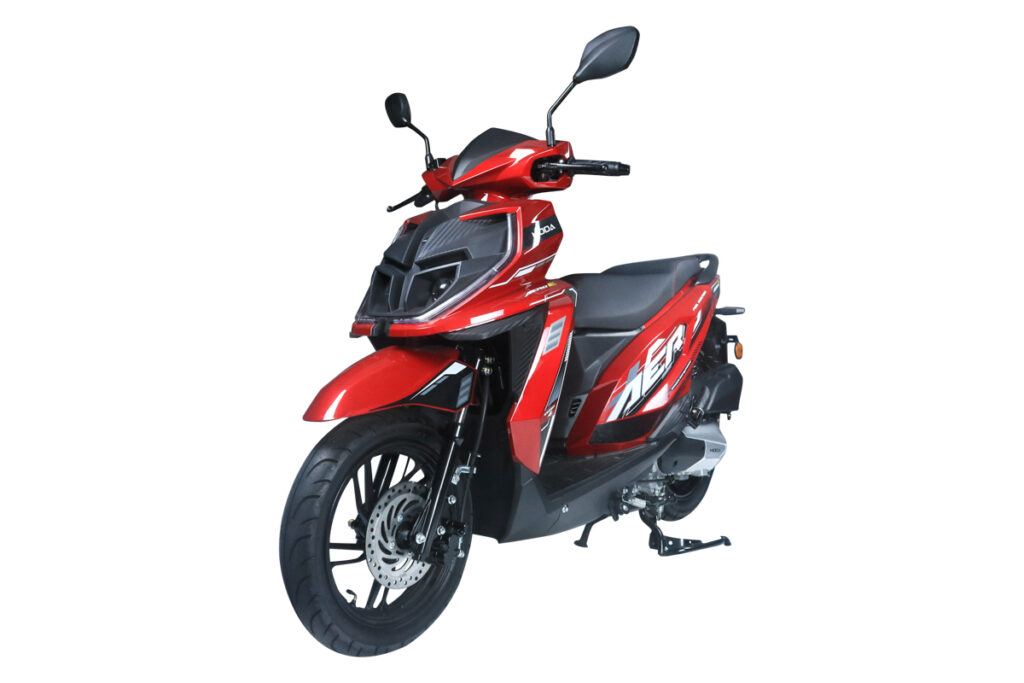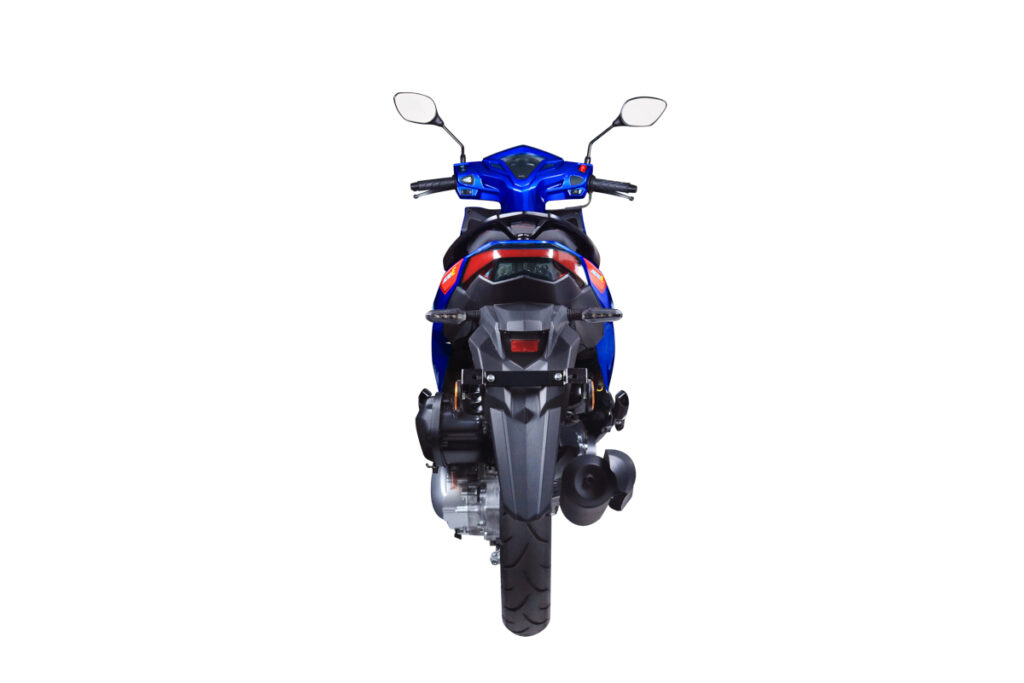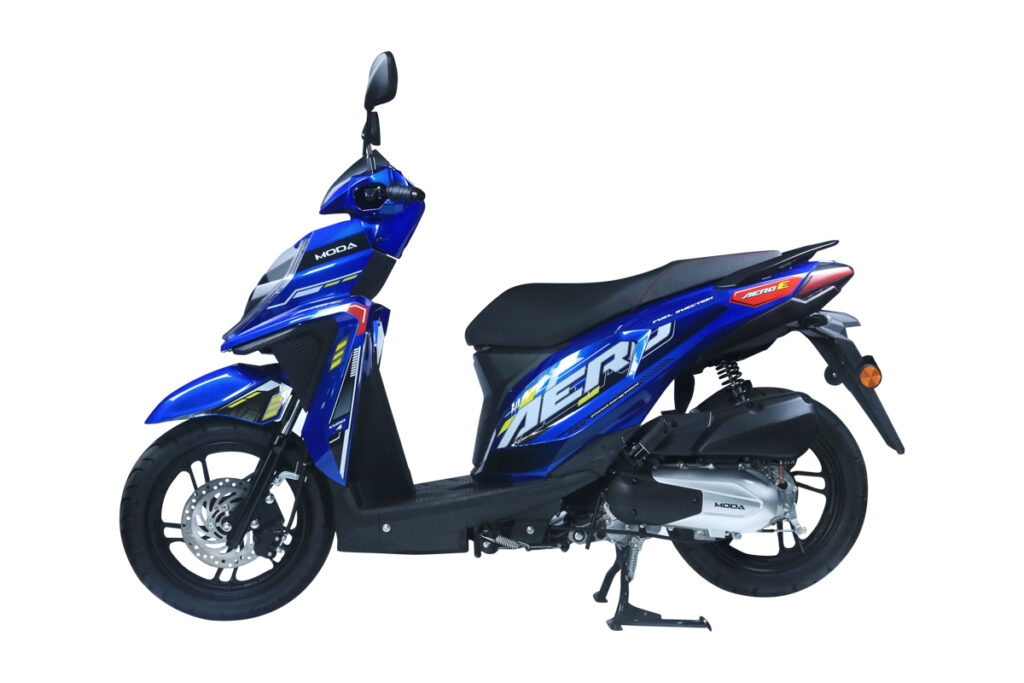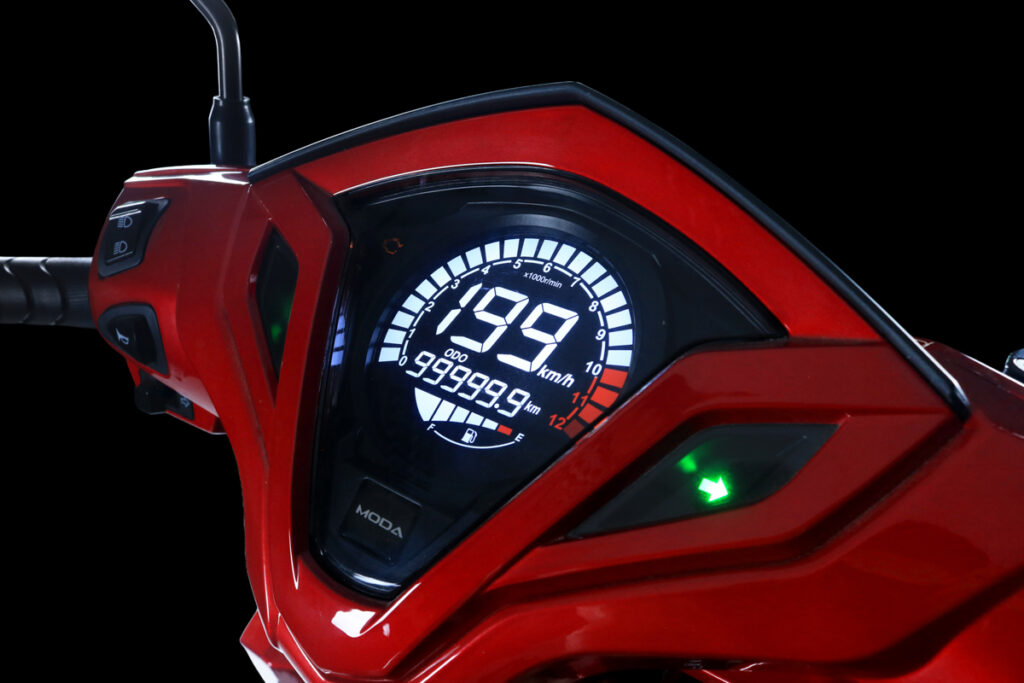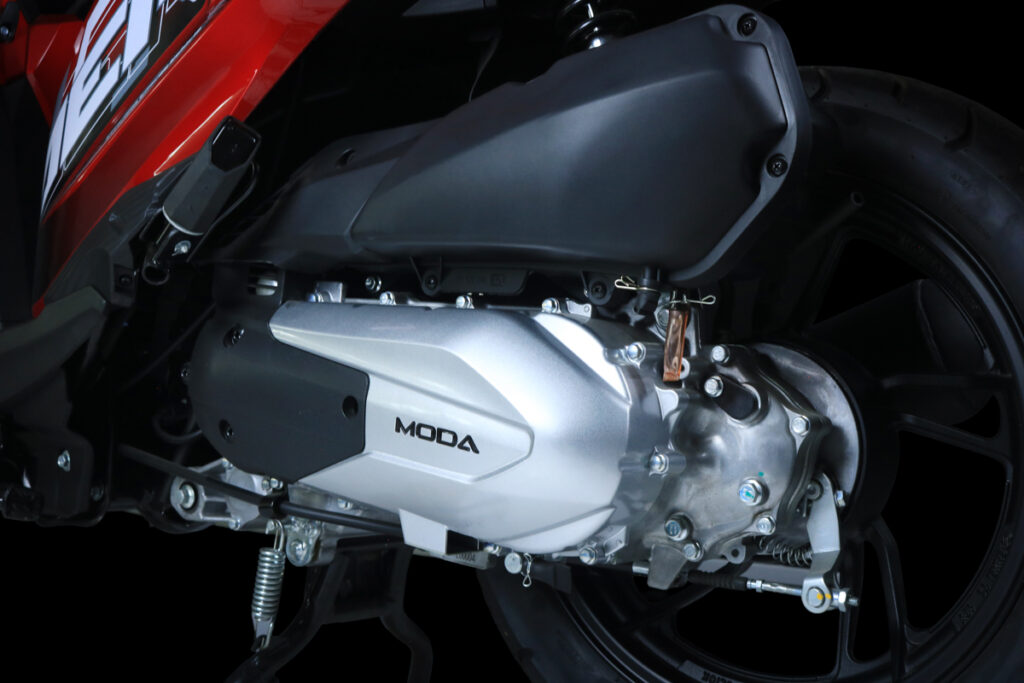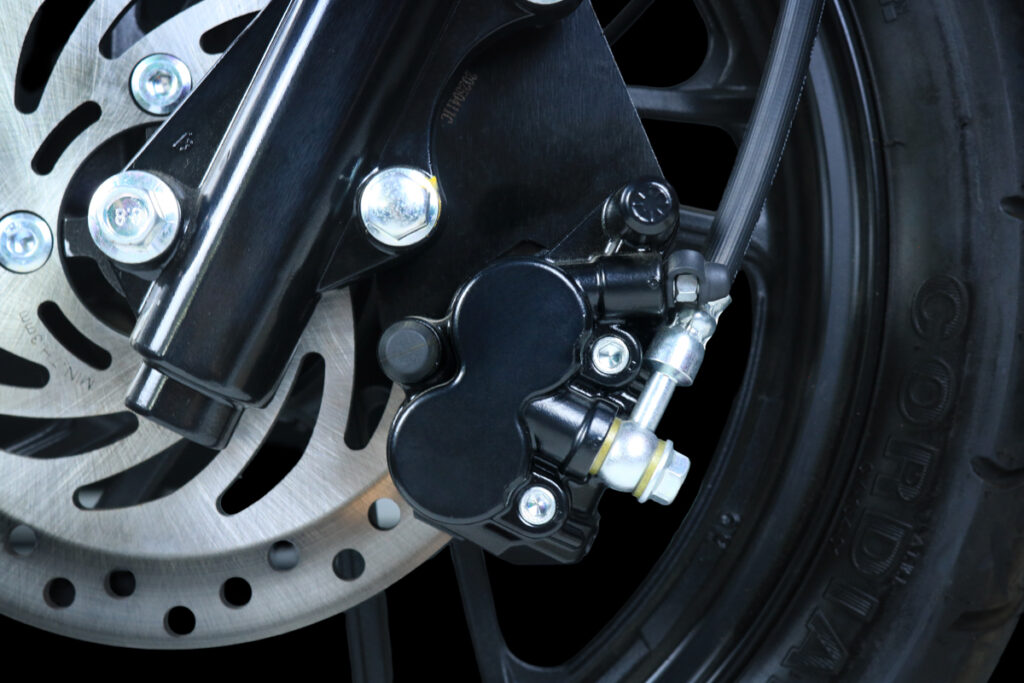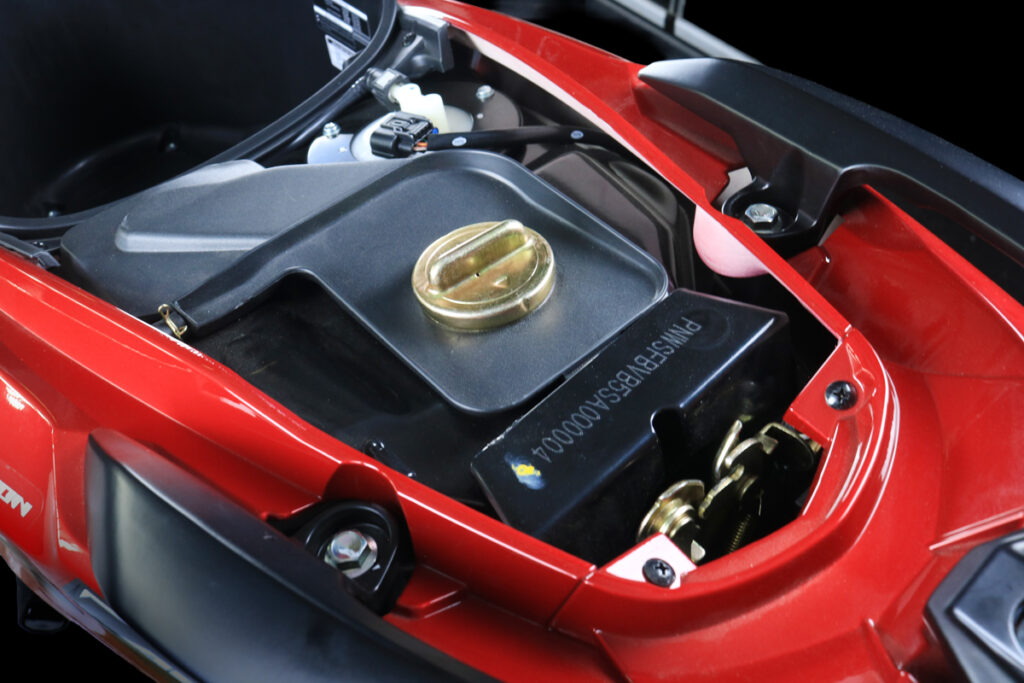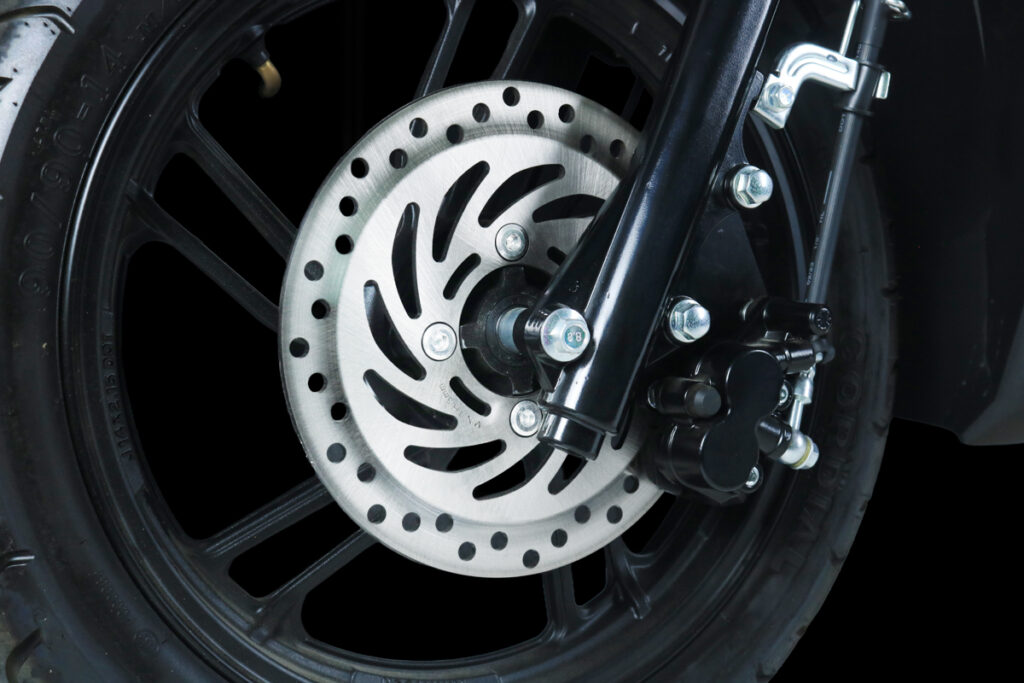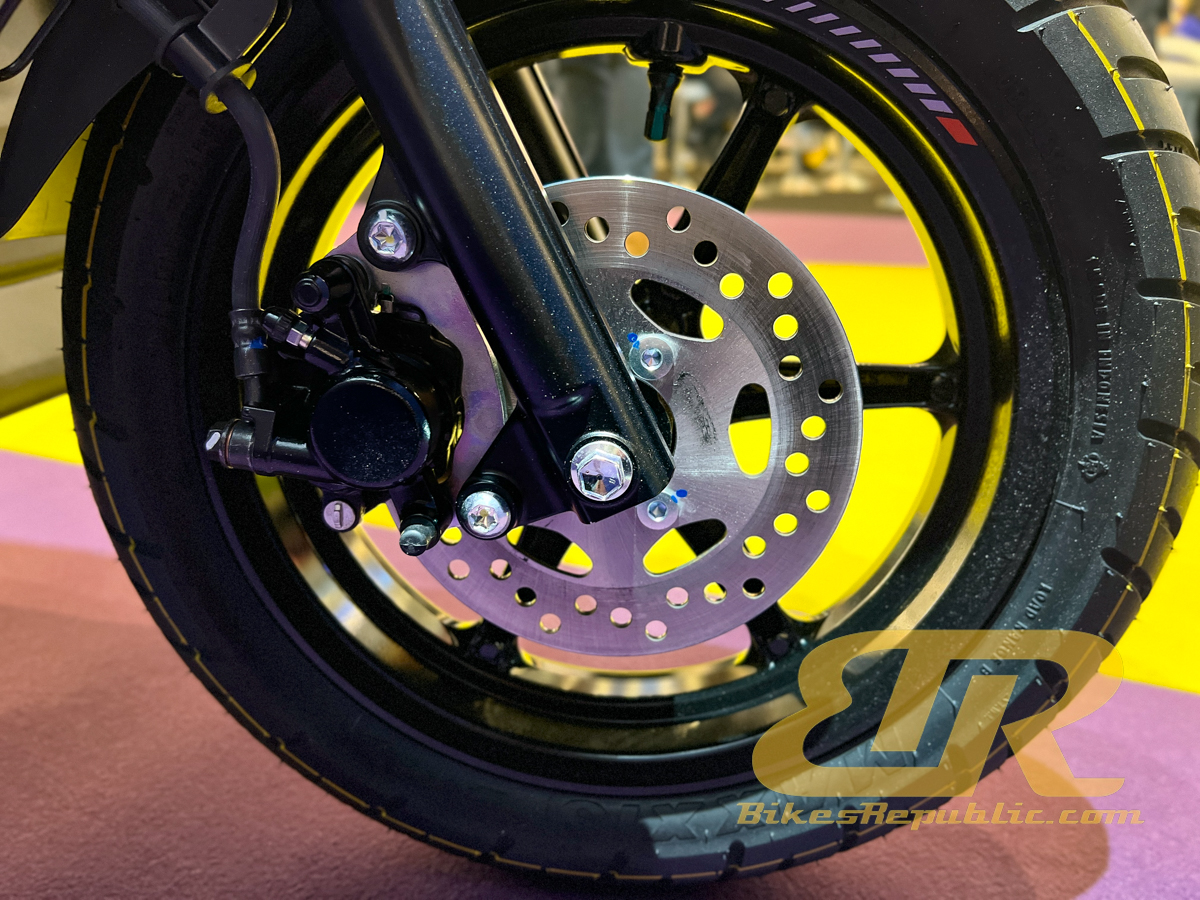The road at Kilometer 45 of the Jalan Gua Musang-Lojing near Pos Blau is closed to all vehicles due to a landslide.
According to an announcement via Facebook, the Public Works Department (JKR) informed that the closure begins today until a date to be announced later.
The public is advised to use two alternative routes as temporary access roads.
Road users from Gua Musang heading to Cameron Highlands, Pahang, can use the Sungai Koyan-Ringlet-Cameron Highlands route.
To go to Ipoh, Perak, users can take the Gua Musang-Sungai Koyan-Ringlet-Tapah-Ipoh route.
Meanwhile, a car plunged into a ravine in the area after its driver ignored a road closure order.
In the incident at 5 a.m., the victim, who was traveling from Cameron Highlands, Pahang, to Pasir Puteh, fell into the landslide ravine along with the vehicle because they used a route that had been closed since 12 midnight.
The incident was noticed by a Roadcare (M) Sdn Bhd worker who was monitoring the area when they heard someone calling for help.
The victim, who was rescued by fire and rescue personnel, was taken to the Pos Brooke Health Clinic for initial treatment.















